
Build lean Node.js container images with UBI and Podman
Learn how to build better container images for your Node.js applications using Red Hat's Universal Base Images and Podman.

Learn how to build better container images for your Node.js applications using Red Hat's Universal Base Images and Podman.

Learn how to investigate common problems in production, including memory leaks, slow performance, etc.

One of the most important parts of the Node.js ecosystem is its modules, and the npm registry makes installing these modules easy.
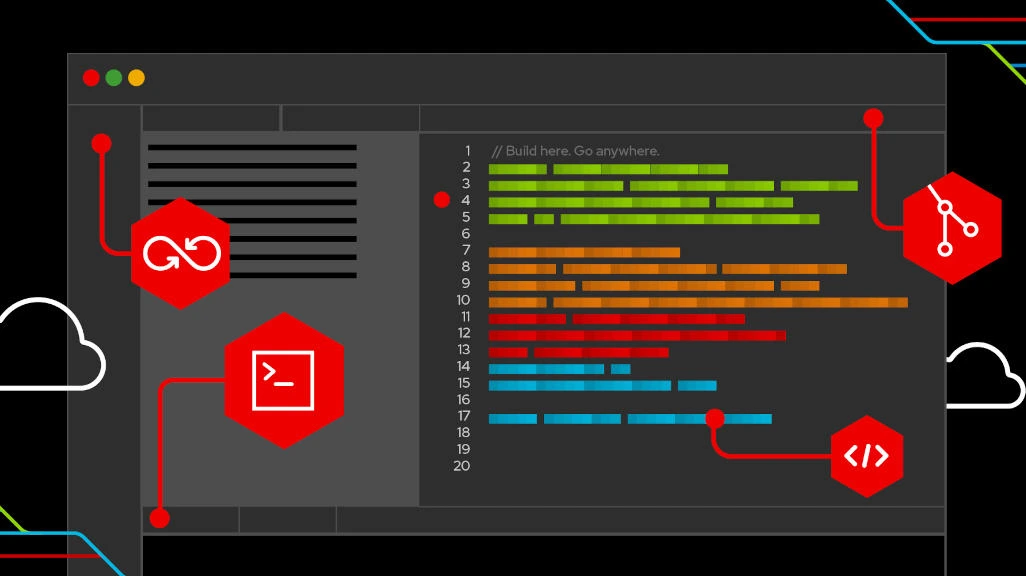
The Node.js team at Red Hat looks back on their work in 2022, from Kube Service

When discussing architecture, consider that developers use various environments and workflows. We describe 5 typical workflows in part 11 of the Node.js series.
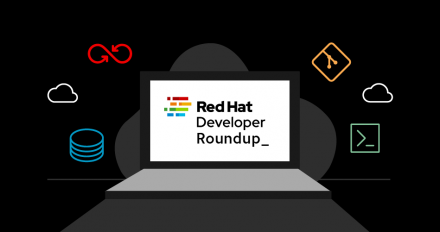
As we head into Thanksgiving, we want to share some of the top tutorials, announcements, and guides that our developer community has engaged with the most.
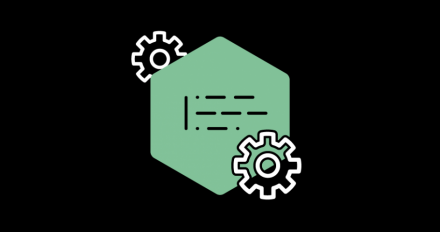
Next.js is one of many popular frameworks for deploying sites based on Node.js. In this article, you'll learn how to deploy Next.js applications using the ubi8/nodejs-16 and ubi8/nodejs-16-minimal containers available from Red Hat. We will also show you how to deploy the containers to Red Hat OpenShift.

Node.js 18 has been promoted to LTS in the upstream community. Due to lead times

Learn what Node.js developers can do to make applications more accessible to disabled users and why it is important.

Discover how the Node.js community‘s Next-10 project is the basis for many backend web applications and offers lessons for other open source communities.
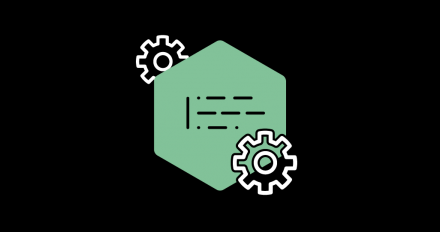
The Node.js Reference Architecture now offers recommendations for building REST APIs.

Get a recap of Red Hat talks at NodeConf EU, one of the key Node.js events in

Get an introduction to Node.js cloud-native development and explore lesser-known Node.js Core modules with the Red Hat team at NodeConfEU 2022.

Discover how to instrument your Node.js application to troubleshoot production errors in this 5-step demonstration.
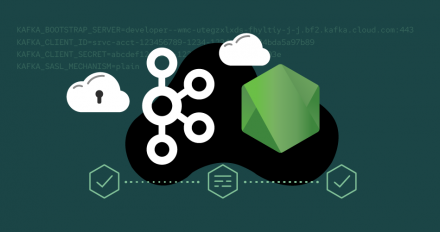
A demonstration of how Drogue IoT simplifies device communication with the cloud. Discover how to write the server in Node.js.

This is the third and final article in a three-part series introducing kube-service-bindings for Node.js developers on Kubernetes. Together with the Service Binding Operator (SBO), kube-service-bindings makes it easier to share credentials for services with your applications.

This is the second part of a three-part series explaining how to bind easily to databases and other backing services from Node.js applications running in Kubernetes.

Many applications need a database or other backing service. kube-service-bindings and the Service Binding Operator make binding much easier.

Discover key elements of building security into your software development process such as managing access in part 9 of the Node.js reference architecture series.

Read a quick second wrap-up of the conference and Collaborators Summit, and learn about Red Hat contributions as sponsor and speakers.

Red Hat provides S2I images for many languages, including Node.js. Learn how to install additional libraries (RPMs) to base S2I (Source-to-Image) images.
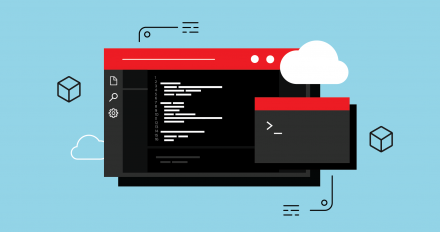
This page helps you get started with Red Hat OpenShift Dev Spaces.
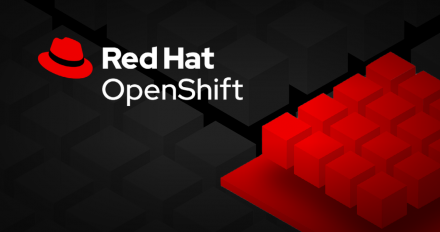
Learn how to access an OpenShift cluster, manage apps with the odo command-line

Node.js and open source developers are gathering at OpenJS World in Austin. Find out what Red Hatters and IBMers will be presenting there.
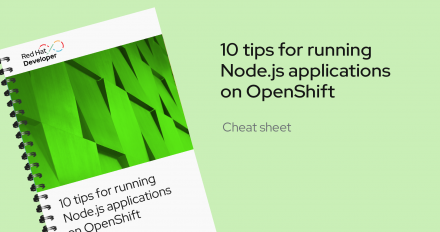
When you start running Node.js applications in containers, you should adopt some best practices that improve efficiency and security. This cheat sheet offers tips on how to do that.